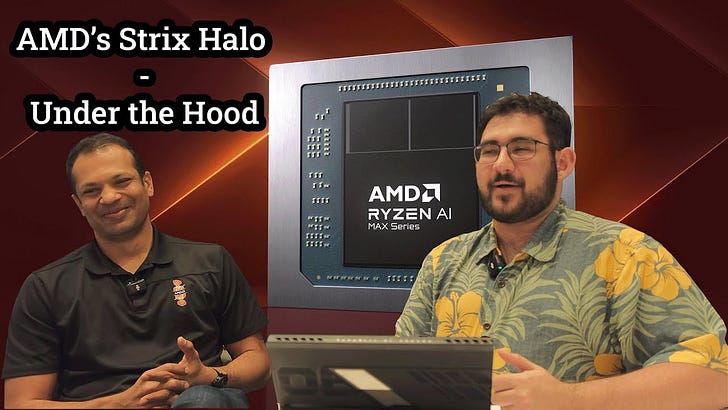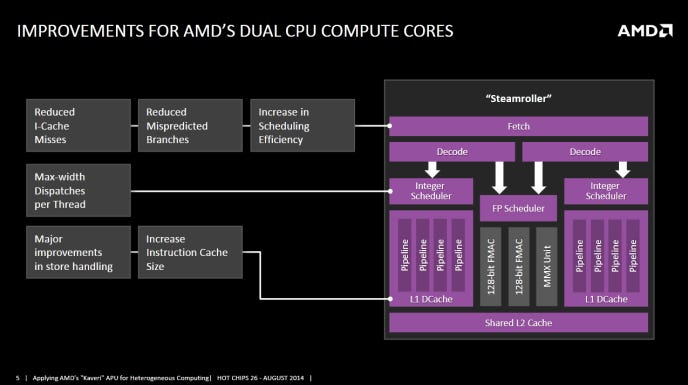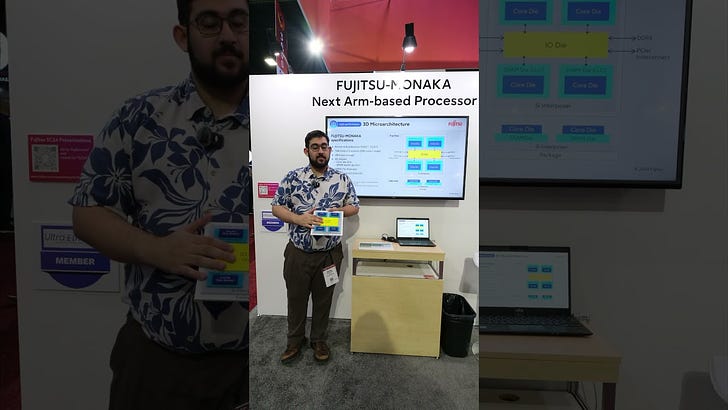AMD RDNA 4: Out-of-Order Memory Accesses and the Elimination of False Dependencies

AMD's RDNA 4 architecture introduces significant memory subsystem enhancements, notably addressing false dependencies between wavefronts present in RDNA 3 and earlier architectures. Previously, one wavefront could be stalled by another's memory accesses, impacting performance. RDNA 4 resolves this by implementing new out-of-order queues, allowing requests from different shaders to be serviced out of order. This article details testing that verifies this improvement and compares AMD, Intel, and Nvidia GPU architectures in handling cross-wave memory dependencies. While not entirely novel, RDNA 4's improvements significantly enhance performance, particularly in emerging workloads like ray tracing.
Read more









